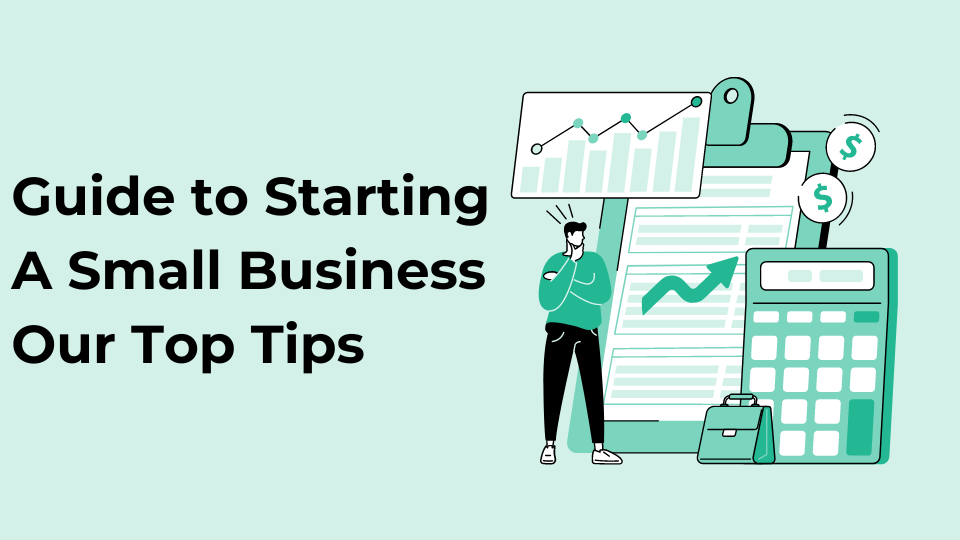What is a balance sheet?
A balance sheet is one of the financial statements every business prepares at the end of each financial year. It’s a snapshot of the business’s assets, liabilities and equity on a specific date.
What’s included in a balance sheet?
Assets
Assets are items belonging to the business. It’s broken down into Current and Non-Current Assets.
Current Assets are assets that are likely to be converted into cash within 12 months of the balance sheet date. This includes money sitting in bank accounts, any cash in floats or tills, accounts receivable, stock on hand and any tax refunds that the IRD owes your business.
Non-Current Assets are assets that are used to carry out business activities or generate interest or dividends for the company. They aren’t expected to be converted into cash within 12 months (though they can be). This includes property, plant and equipment; investment in shares; term investments; and loans made out to shareholders, business owners and other companies.
The value of non-current assets is recorded at their original purchase price. However, it’s important to note that they aren’t necessarily worth that price if they were to be sold. Vehicles and machinery decrease in value over time, while land can increase in value.
Liabilities
Liabilities is money you owe to another person or organisation. Like assets, it’s also split into Current and Non-Current Liabilities.
Current Liabilities are liabilities that are expected to be paid within 12 months of the balance sheet date. This includes bank overdrafts, credit cards, accounts payable, wages payable, GST, PAYE and tax payments to IRD.
Non-Current Liabilities are liabilities that don’t usually require payment within the next 12 months. The most common type is a long-term loan.
Equity
Equity is the balancing figure and represents the ultimate value of the business to its owners.
Equity = Assets – Liabilities
Example of a balance sheet on the 31st March 2022
Assets
Bank Account – $3,000
House – $782,000
Total Assets – $785,000
Liabilities
Credit Card Balance – $1,000
Mortgage – $523,000
Total Liabilities – $524,000
Equity
$261,000 ($785,000 – $524,000)
Changes during the year
On 1 April 2022 you borrow $4500 to buy a vehicle. The asset and loan won’t be included in the balance sheet on 31 March as they didn’t exist in the business on that date.
On 31 October 2022, you have an unconditional agreement to sell the house for $825,000. At 31 October your equity has increased by $40,000 (house value changed from $785k to $825k). That increase doesn’t mean your equity on 31st March was wrong, just that the value of the asset is being recorded on a different date.
Interpreting your balance sheet
A business may seem profitable but the balance sheet may indicate otherwise.
Accounts Receivable – if this is high, is the business having problems with its customers paying? Are your payment terms too generous? Should you start requesting payment in advance for late payers? Do you need to write off bad debt (payment you’re unlikely to ever receive)?
Accounts Payable – a high balance may mean the business is struggling to find cash to pay its suppliers and employees. This can be linked to debtors being slow to pay, so you may not have sufficient money to pay your creditors.
Property, plant and equipment – what assets does the company have and how appropriate are they for the business operations?
Loans – are they being paid off or increasing?
Working Capital – this is the value of current assets minus current liabilities. If you have a negative result where the value of your current liabilities exceed your current assets you need to address this quickly. How will you pay creditors? Are you technically trading while insolvent which is illegal.
Equity – Your total assets should be higher than your total liabilities. If not, you’re in negative equity which can signal insolvency
Left with questions? Our partner Beany, a team of online accountants can help. Contact support@beany.com or call them on 0800 755 333.
Related News
Check out related articles & resources.




